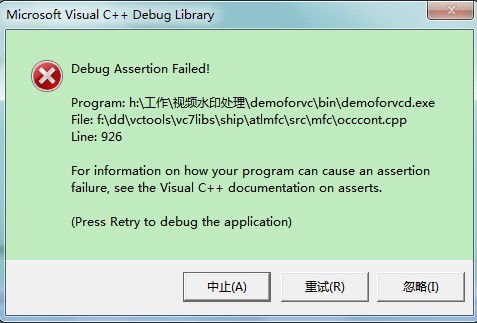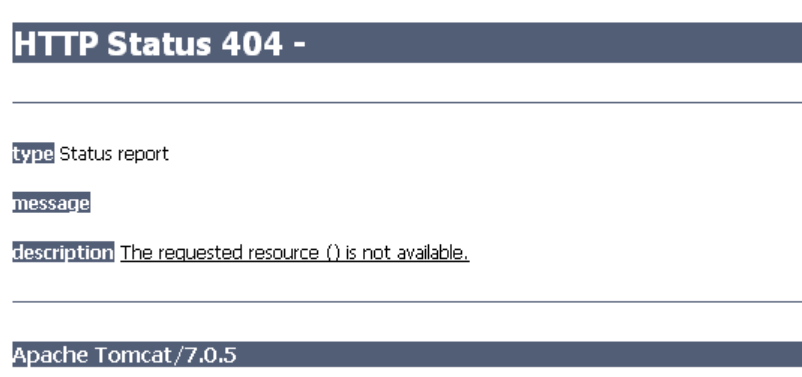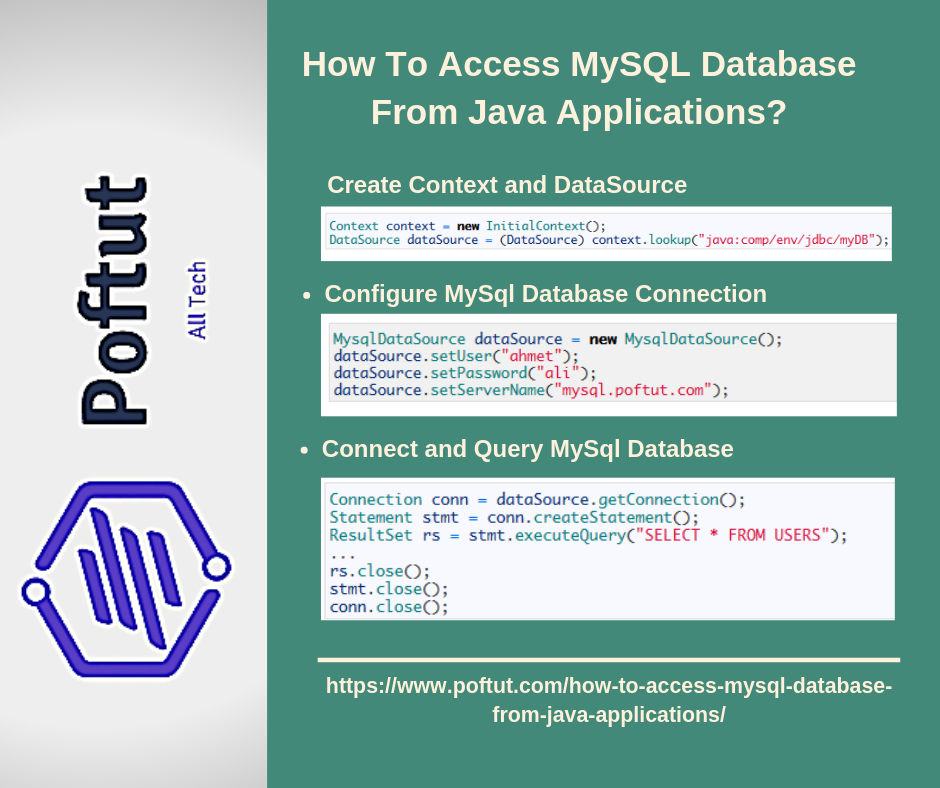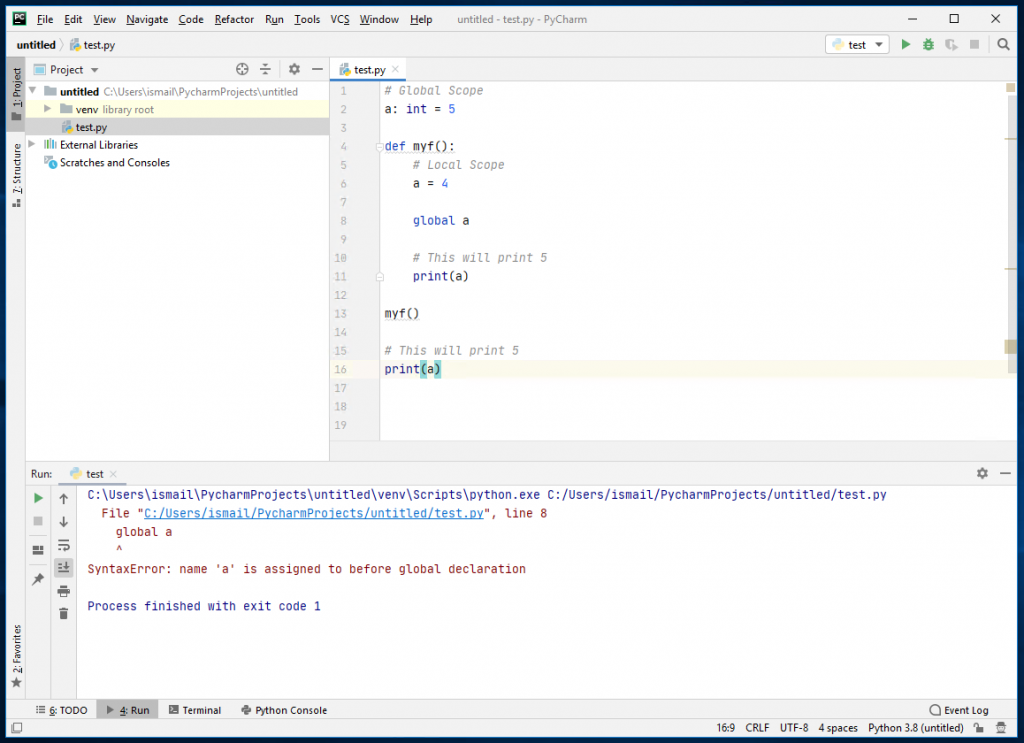null
JAVA伊奥。CharArrayReader 类使用字符数组创建字符缓冲区。
宣言:
public class CharArrayReader extends Reader
建造师:
- CharArrayReader(char[]char_数组): 从指定的字符数组创建CharArrayReader。
- CharArrayReader(char[]char_数组,int offset,int maxlen): 从字符数组的指定部分创建CharArrayReader。
方法:
- read():java。伊奥。CharArrayReader。读() 读取单个字符,如果到达流的末尾,则返回-1。 语法:
public int read()Parameters : -----------Return :Returns read character as an integer ranging from range 0 to 65535.-1 : when end of file is reached.
- read(char[]char_数组,int offset,int maxlen):java。伊奥。CharArrayReader。读取(char[]char_数组,int offset,int maxlen)) 读取单个字符,如果到达流的末尾,则返回-1 语法:
public int read(char[] char_array, int offset, int maxlen))Parameters : char_array : destination array offset : starting position from where to store charactersmaxlen : maximum no. of characters to be readReturn :Returns all the characters read-1 : when end of file is reached.
- ready():java。伊奥。CharArrayReader。就绪() 检查流是否准备好读取。 CharArrayReader随时都可以阅读。 语法:
public boolean ready()Parameters : -----------Return :true if CharArrayReader is ready to be read.
- 跳过(长字符):java。伊奥。CharArrayReader。跳过(长字符) 跳过字符数。如果n为负,则此方法不执行任何操作并返回0。 语法:
public long skip(long char)Parameters : char_no : char no. of characters to be skippedReturn :no. of characters skippedException : IOException : In case of I/O error occurs
JAVA
// Java program illustrating the working of CharArrayReader class methods // read(), skip(), ready() // read(char[] char_array, int offset, int maxlen) import java.io.*; public class NewClass { public static void main(String[] args) throws IOException { // Initializing the character array char [] geek = { 'G' , 'E' , 'E' , 'K' , 'S' }; // Initializing the char_array CharArrayReader char_array1 = new CharArrayReader(geek); CharArrayReader char_array2 = new CharArrayReader(geek); // Use of ready() method boolean check1 = char_array1.ready(); if (check1 == true ) System.out.println( "char_array1 is ready" ); else System.out.println( "char_array1 is not ready" ); int a = 0 ; System.out.print( "Use of read() method : " ); // Use of read() method : reading each character one by one while ((a = char_array1.read()) != - 1 ) { char c1 = ( char )a; System.out.println(c1); // Use of skip() method long char_no = char_array1.skip( 1 ); System.out.println( "Characters Skipped : " +(c1+ 1 )); } System.out.println( "" ); // Use of ready() method boolean check2 = char_array2.ready(); if (check2 == true ) System.out.println( "char_array2 is ready" ); else System.out.println( "char_array2 is not ready" ); // Use of read(char[] char_array, int offset, int maxlen) : reading a part of array char_array2.read(geek, 1 , 2 ); int b = 0 ; System.out.print( "Use of read(char[] char_array, int offset, int maxlen) method : " ); while ((b = char_array2.read()) != - 1 ) { char c2 = ( char )b; System.out.print(c2); } } } |
输出:
char_array1 is readyUse of read() method : GCharacters Skipped : 72ECharacters Skipped : 70SCharacters Skipped : 84char_array2 is readyUse of read(char[] char_array, int offset, int maxlen) method : EKS
- mark(int readLimit):java。伊奥。CharArrayReader。标记(int readLimit) 标记流中可读取字符的当前位置。此方法始终调用reset()方法。对reset()的后续调用会将流重新定位到此点。 语法:
public long mark(int readLimit)Parameters : readLimit : No. of characters that can be read up to the markReturn :voidException : IOException : In case of I/O error occurs
- markSupported():java。伊奥。CharArrayReader。markSupported() 说明流是否支持mark方法。 语法:
public boolean markSupported()Parameters : -------Return :true if the mark method is supported by the streamException : IOException : In case of I/O error occurs
- reset():java。伊奥。CharArrayReader。重置() 将流重置为最近的标记,如果从未标记,则重置为开始。 语法:
public void reset()Parameters : -------Return :voidException : IOException : In case of I/O error occurs
- close():java。伊奥。CharArrayReader。关闭() 关闭流并重新分配分配给它的资源。 语法:
public void close()Parameters : -------Return :voidException : IOException : In case of I/O error occurs
JAVA
// Java program illustrating the working of FilterInputStream method // mark(), reset() // markSupported(), close() import java.io.*; public class NewClass { public static void main(String[] args) throws Exception { // Initializing CharArrayReader CharArrayReader char_array = null ; char [] geek = { 'H' , 'E' , 'L' , 'L' , 'O' , 'G' , 'E' , 'E' , 'K' , 'S' }; try { char_array = new CharArrayReader(geek); // read() method : reading and printing Characters // one by one System.out.println( "Char : " +( char )char_array.read()); System.out.println( "Char : " +( char )char_array.read()); System.out.println( "Char : " +( char )char_array.read()); // mark() : read limiing the 'geek' input stream char_array.mark( 0 ); System.out.println( "mark() method comes to play" ); System.out.println( "Char : " +( char )char_array.read()); System.out.println( "Char : " +( char )char_array.read()); System.out.println( "Char : " +( char )char_array.read()); // Use of markSupported() : boolean check = char_array.markSupported(); if (check == true ) System.out.println( "mark() supported" ); if (char_array.markSupported()) { // reset() method : repositioning the stream to // marked positions. char_array.reset(); System.out.println( "reset() invoked" ); System.out.println( "Char : " +( char )char_array.read()); System.out.println( "Char : " +( char )char_array.read()); } else System.out.println( "mark() method not supported." ); } catch (Exception excpt) { // in case of I/O error excpt.printStackTrace(); } finally { // Use of close() : releasing the resources back to the // GarbageCollector when closes if (char_array != null ) char_array.close(); } } } |
输出:
Char : HChar : EChar : Lmark() method comes to playChar : LChar : OChar : Gmark() supportedreset() invokedChar : LChar : O
本文由 莫希特·古普塔 .如果你喜欢GeekSforgek,并想贡献自己的力量,你也可以使用 写极客。组织 或者把你的文章寄去评论-team@geeksforgeeks.org.看到你的文章出现在Geeksforgeks主页上,并帮助其他极客。 如果您发现任何不正确的地方,或者您想分享有关上述主题的更多信息,请写下评论。
© 版权声明
文章版权归作者所有,未经允许请勿转载。
THE END



![关于”PostgreSQL错误:关系[表]不存在“问题的原因和解决方案-yiteyi-C++库](https://www.yiteyi.com/wp-content/themes/zibll/img/thumbnail.svg)






